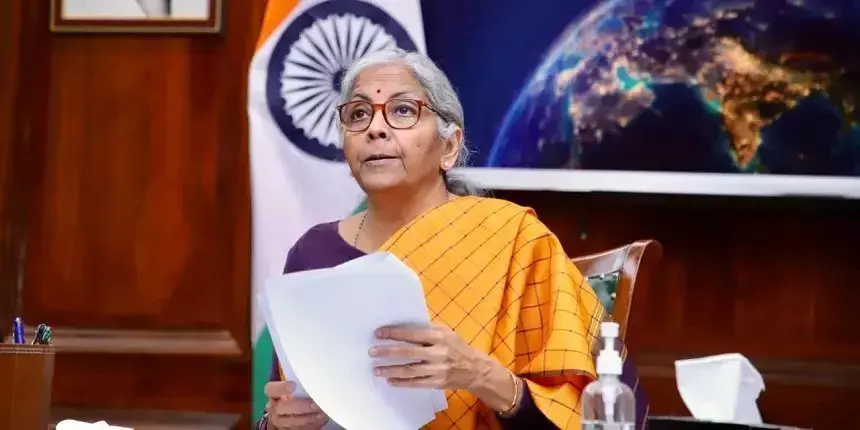ArdorComm Media Bureau
January 12, 2024
As the nation eagerly anticipates the presentation of the Interim Budget 2024 on February 1, the age-old debate on allocating 6% of Gross Domestic Product (GDP) to the public education system has once again taken center stage. This longstanding discussion traces its roots back to the Kothari Commission’s recommendation in 1964-66, underscoring the need to prioritize education and allocate a significant portion of the Gross National Product (GNP) towards it.
The Kothari Commission set the ambitious 6% target after studying other nations, including the United States, Japan, and the then Soviet Union (now Russia), all of which invested more than 6% of their GNP in education. Despite being a recurring theme in every budget announcement and election manifesto for the past 60 years, India has struggled to achieve this target. The National Education Policy 2020 echoes this sentiment, emphasizing the collaborative effort of the central and state governments to reach the 6% GDP mark at the earliest.
However, recent years have witnessed a decline in the allocation to the public education system. Protiva Kundu, from the Centre for Budget and Governance Accountability, highlighted the consistent decrease or stagnation in the union government’s spending on education, currently standing at 4.41% of the GDP, with only one-fourth coming from the central government and the remaining three-fourths from state governments.
Anjela Taneja of Oxfam International pointed out that education is not a top priority for the government, evident in their budget allocations. With the 2024 general elections approaching, the question arises: will the 6% allocation debate remain relevant amidst the political posturing?
The historical context of the 6% GDP target reveals its genesis in the Kothari Commission’s recommendation. Subsequent committees, including the Tapas Majumdar committee in 1998-99, reiterated the importance of additional resources to achieve universal school education. However, the fixation on 6% as a benchmark for investment in education has persisted globally, emphasizing its significance.
Subir Shukla, from Ignus ERG Education Resource Pvt Ltd, cautioned against the challenges of policy implementation, citing the gap between theoretical discussions and practical contingencies. Avani Kapoor, of the Centre for Policy Research, stressed the need to reevaluate the basis for education budget calculations, focusing on the teaching-learning process rather than infrastructure.
Funding challenges persist, with Shukla highlighting ineffective utilization of released funds and delays in disbursement. Anil Swarup, former secretary of the department of school education and literacy, suggested innovative funding methods, such as taxing private schools to support public education. However, Kundu emphasized the need for a level playing field before exploring innovative solutions.
Looking ahead to the Interim Budget 2024, expectations are mixed. Kundu predicts an implementation budget with a potential redistribution of resources across different education sectors. Kapoor believes the government’s focus will likely center on flagship schemes such as housing and Jal Jeevan Mission, as past data indicates a prioritization of these areas over education.
Taneja remains cautiously optimistic, hoping for increased investment and progress towards the envisioned allocation in the National Education Policy. Despite international obligations, the government’s commitment to the NEP could pave the way for necessary financial allocations to realize its vision.
The above data is taken from the recent report published by career 360.


